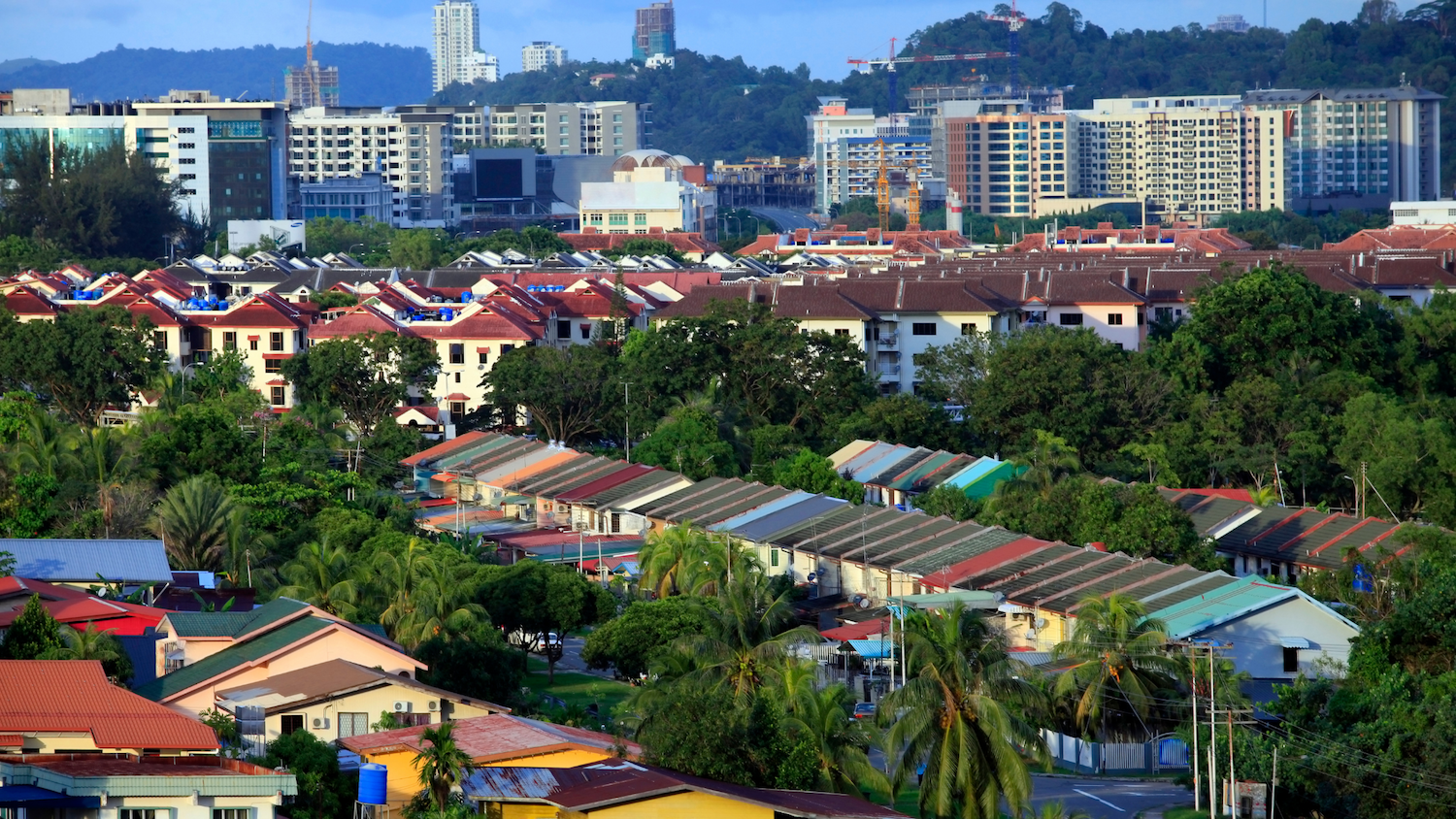An oft-cited UN projection is that by 2050, two-thirds of the world’s population will reside in cities. That’s just about one generation away.
Today, some 55% already live in urban areas. This figure underlines the importance of cities to people – their quality of life, experiences of living and working, as well as the potential for growth, are inevitably influenced by what cities offer and provide.
Without cities, there would not be the development of art, literature, or science as we know it. There would not be the invention of steam power and electricity, nor industry and machines, nor the internet. Without cities, it is unlikely there would have been the famed repository and culture bed of knowledge that was the House of Wisdom in medieval Baghdad, nor Shakespeare’s plays, nor would we have astrophysics today giving evidence-based explanations of the universe – plus, of course, plagues, crime, pollution, and dystopia.
Clearly, with cities being the cradles of human civilisation and the prospect of the vast majority of people living their lives in cities, the quality of cities becomes fundamentally important.
Two aspects of cities
Modern cities have physical infrastructure – roads, rail, water, and sewer pipelines, transmission lines, petrol stations, etc. Naturally, the larger a city’s population, the greater the quantity of physical infrastructure in terms of kilometres of pipelines or the number of petrol stations. However, due to economies of scale, physical infrastructure does not need to be increased in direct proportion to population growth. For instance, studies have shown that if a city population were to double, the number of petrol stations or total length of roads need only increase by about 85% instead of 100%. (see Geoffrey West’s 2017 book, Scale).
What is more interesting, however, is when it comes to socioeconomic measures like the number of patents and professionals, or wages, GDP, and crime rate in a city, the increase is greater than 100%. Thus, a doubling of city population leads to an increase of about 115% in the number of patents achieved by the city. Agglomeration leads to a ‘superlinear’ increase in socioeconomic output.
But clearly, just growing a city’s population is insufficient by itself. A city has to provide the conditions for people to be mobile, network, and exchange information, services and goods. The two aspects - physical infrastructure and people - are deeply linked. A poorly planned, unliveable city will not facilitate superlinear contributions from its people. People are a city’s essence.
Malaysian cities will continue to grow. How can we address the important link between a city’s physical and communication infrastructure and how that enables its population to thrive and be happy?
One answer is to strategise, plan, develop, and implement city plans in ways that are holistic and in agreement with the way cities are necessarily complex, multi-layered, and integrated. Indeed, it could be argued that a proper, holistically planned city might even enhance positive indicators such as patents and number of professionals while reducing the superlinearity of indicators like crime and poverty and, most important of all, resource and environmental degradation.
.jpeg)









.jpg)


.jpeg)
